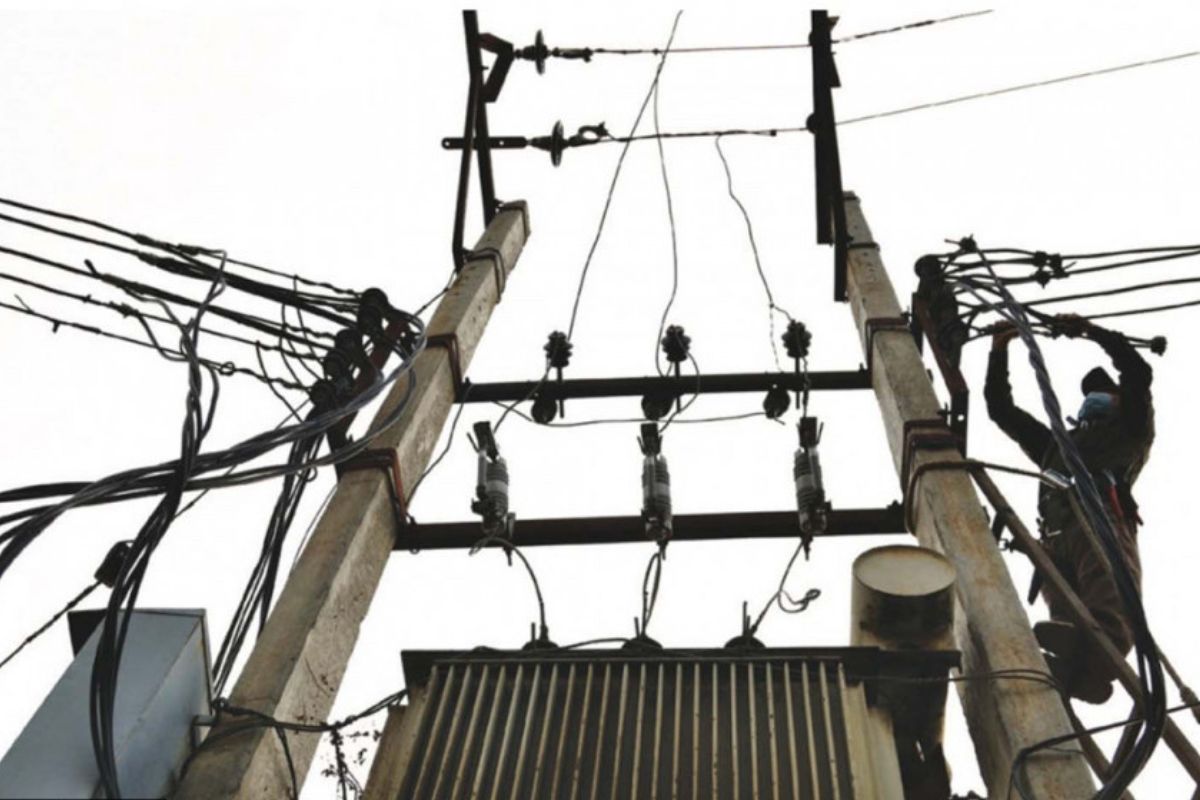Although Jammu and Kashmir has secured a place among the top seven states and Union Territories of the country by installing over 5,00,000 smart meters, the whooping number of 68% unmetered consumers in the Kashmir Valley are causing substantial energy losses.
An official spokesman said on Friday that what was causing concern was that of the total 9,82,125 residential electricity consumer base in the Valley, only 32% are metered and the remaining 6,63,520 are being charged on flat rate (fixed charges) basis.
Advertisement
It is noteworthy that Jammu and Kashmir remains the only UT in the country where consumers still receive electricity without meters, the spokesman said.
As a result, in monetary terms, it is estimated that for every unit sold to metered residential consumers, the government bears a loss of approximately Rs. 3.75, by providing subsidy.
The worrying factor is that the flat-rate bills do not accurately reflect the actual usage, even during the era of electro-mechanical meters. In today’s digital age, where energy measurements are precise from generation to consumption, ensuring accurate metering at the consumer end is paramount.
In addition to technological interventions, Distribution Companies (Discoms) have intensified enforcement activities to curb electricity theft and enforce regulations under the Electricity Act-2003. These efforts have significantly reduced aggregate technical and commercial (AT&C) losses from 63% in 2021-22 to 41% in 2023-24. Progress has also been made in narrowing the gap between aggregate cost of supply (ACS) and aggregate revenue requirement (ARR), the spokesman said.
In a bid to curb the power theft and losses, consumers in unmetered areas are receiving counselling and encouragement to opt for metered billing if they perceive flat-rate charges as disproportionate to their actual consumption. This approach empowers consumers to make informed decisions regarding their electricity usage, fostering transparency and efficiency in the billing process.
In the initial phase of reforms, 4,500 circuit kilometers (Ckm) of old wires in congested urban areas have been replaced with modern, fully insulated cables. Additionally, under the ongoing RDSS scheme, approximately 30,000 Ckm of AB cable is being provided, the spokesman added.
Reviewing the power situation in J&K, Chief Secretary Atal Dulloo earlier this week emphasised on further bringing efficiency in billing and collection of revenue to saturate it fully for each feeder.
Regarding pilferage of electricity, the Chief Secretary maintained that the huge gap between the supply of energy and realization of revenue needs to be checked. He observed that the gap runs in several thousand crores of rupees which is unacceptable under any circumstances.
Dulloo asked the authorities to fix responsibility and initiate action against the lax officers in each area where a stark difference is found in billing or collection of revenue. He emphasised for laying focus on enforcement and legal action against power theft so that the menace is totally eradicated from the UT.











